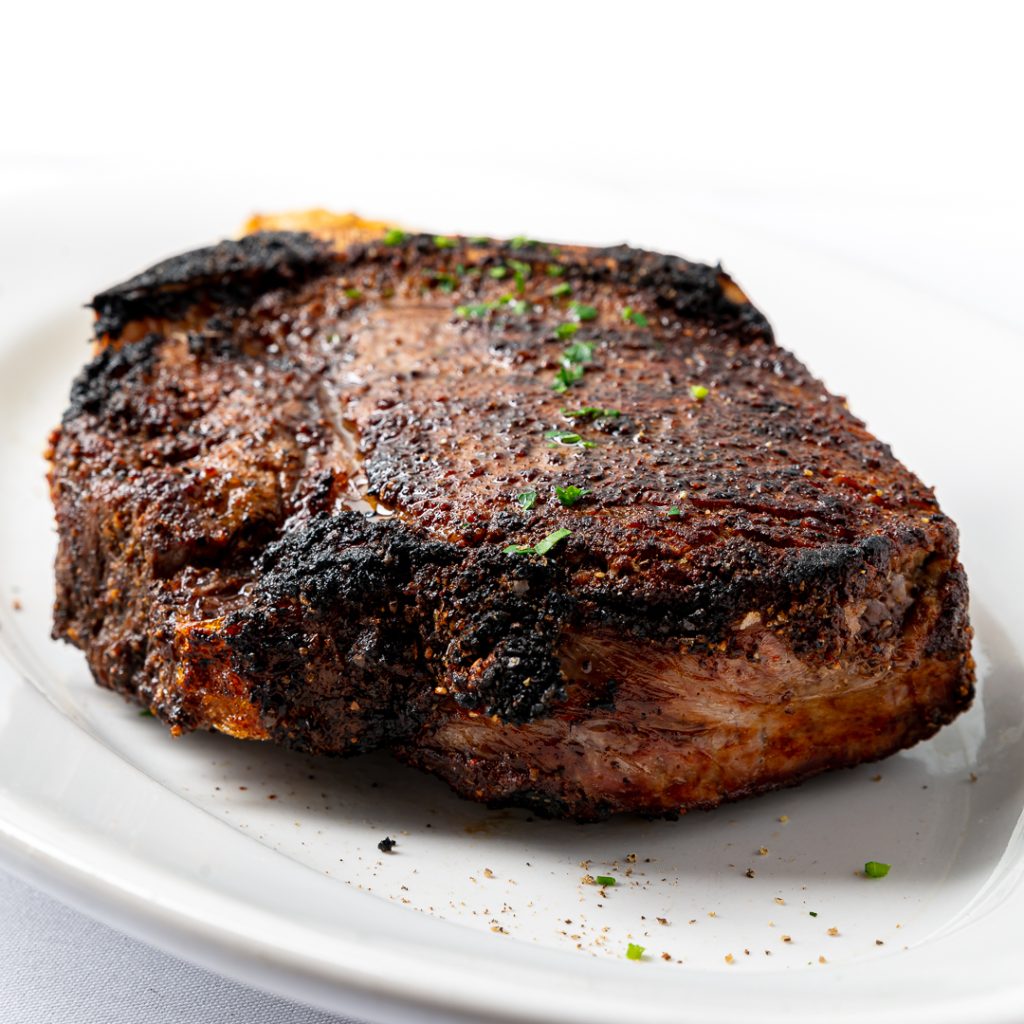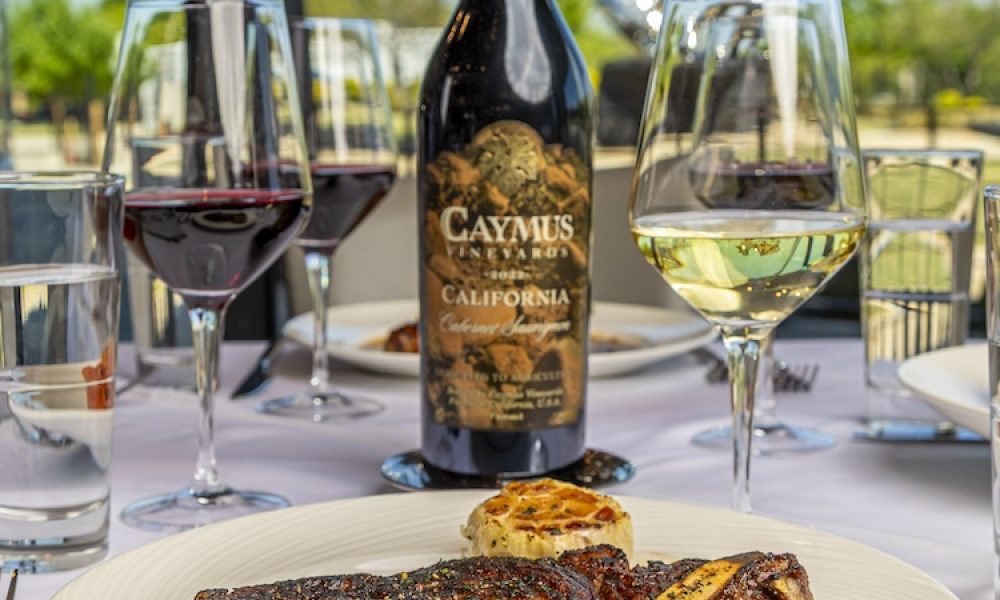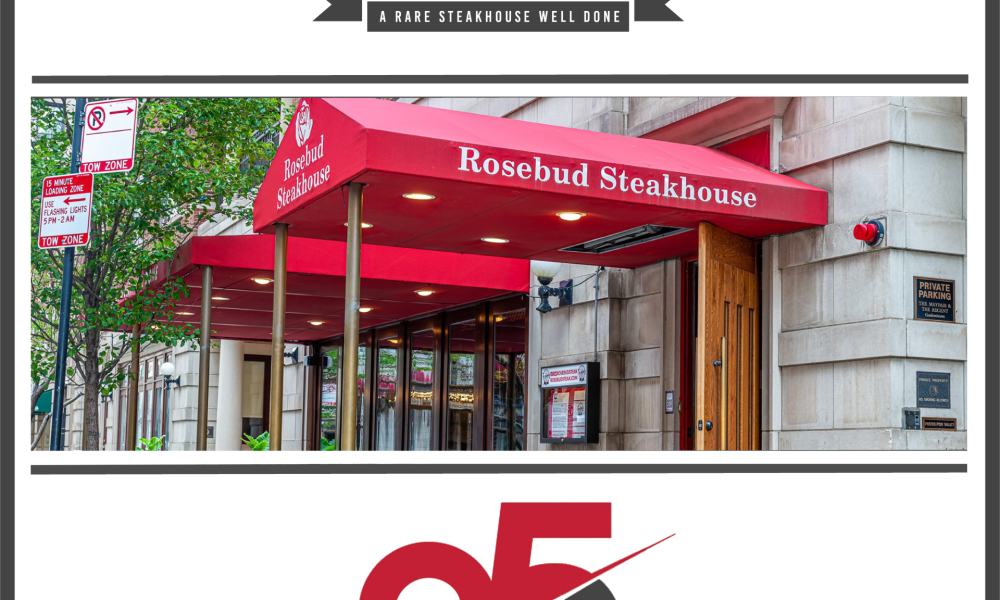Top sirloin steak is a beloved cut of beef, renowned for its rich flavor and versatility. It’s known for its great tenderness and rich beef flavor, making it a favorite among steak lovers. Whether you’re an experienced cook or just starting out, learning to cook top sirloin well can boost your cooking skills and wow your guests.
Getting a good top sirloin steak is not only dependent on a nice piece of meat. The thing that matters most is how it is cooked. The various steps that are taken such as seasoning and marinating right through to grilling or pan-searing are all essential for making a delicious juicy steak. Rosebud Steakhouse are professionals in preparing steak and we are venturing to share with you a few of our tricks so that you can have access to top-notch steak at your house.
What is Top Sirloin Steak?
Top sirloin steak comes from the sirloin section of the cow, specifically the upper part of the sirloin. This piece of meat is noted for its fine grain and lean composition, which helps it have a strong beef flavor and very little fat. Steaks admirers enjoy this cut because of the tender and flavored bits.
Differences Between Top Sirloin and Other Cuts of Steak
Top sirloin differs from other popular cuts like ribeye, filet mignon, and T-bone in several ways:
Ribeye: Ribeye is more marbled with fat, making it richer and more tender than top sirloin.
Filet Mignon: Filet mignon is known for its exceptional tenderness but lacks the bold flavor of top sirloin.
T-Bone: The T-bone includes both a strip steak and a portion of tenderloin, offering a combination of textures and flavors. For an exceptional T-bone steak experience, visit our Chicago T-Bone Steak Experience at Rosebud Steakhouse.
Top sirloin strikes a perfect middle ground with its lean yet flavorful profile, making it ideal for various cooking methods.
Why Top Sirloin is a Great Choice for Both Grilling and Pan-Searing
Top sirloin’s versatility shines through in both grilling and pan-searing. It’s firm enough to withstand high heat, making it a great choice for achieving a perfect sear on the grill. When pan-seared, it develops a delicious crust while remaining juicy inside. Top sirloin is a popular choice for steak lovers because it works well with various cooking methods.
Selecting the Perfect Top Sirloin
When selecting top sirloin, look for these quality indicators:
Color: A rich, red color is a good sign of freshness. Avoid steaks that are brown or gray.
Marbling: Look for fine, evenly distributed fat throughout the meat. This marbling enhances flavor and tenderness.
Texture: The steak should be firm to the touch, not mushy or overly soft.
How Marbling and Color Indicate Steak Quality
Marbling, or the small streaks of fat within the meat, is crucial for flavor and tenderness. More marbling typically means a richer taste and a juicier steak. The color of the meat should be a bright, deep red, indicating freshness. Steaks with less marbling and a dull color may not be as flavorful or tender.
Preparing Your Steak for Cooking
Proper preparation is key to a great steak. Here are the essential steps:
- Bring to Room Temperature: Remove the steak from the refrigerator about 30 minutes before cooking. Allowing the steak to come to room temperature ensures even cooking and prevents a cold center.
- Pat Dry: Use paper towels to pat the steak dry. A dry surface helps achieve a better sear and prevents steaming.
- Seasoning: Generously season the steak with salt and pepper just before cooking. This enhances the steak’s natural flavors. For added depth, season with a bit of garlic powder or onion powder.
Marinades to Enhance Flavor
- Classic Seasoning: Salt and black pepper are timeless. For an extra layer of flavor, you can add garlic powder, onion powder, and a pinch of paprika.
- Marinades: A simple marinade can elevate your steak. Combine olive oil, soy sauce, minced garlic, and a splash of balsamic vinegar. Marinate the steak for at least 30 minutes, or up to overnight, for a more intense flavor.
- Rosebud Steakhouse Marinade: For a true Rosebud Steakhouse taste, use our special marinade made with soy sauce, Worcestershire sauce, Dijon mustard, and a bit of brown sugar.
Tips from Rosebud Steakhouse Chefs for Seasoning and Marinating
- Even Coating: Ensure an even coating of seasoning or marinade for consistent flavor.
- Timing: Don’t over-marinate, as this can make the meat mushy. Aim for a balance that enhances flavor without overpowering the natural taste.
- Resting Post-Marination: After marinating, let the steak sit at room temperature for a few minutes before cooking. This helps the steak cook more evenly.
Cooking Methods for Top Sirloin Steak
Grilling
Best Practices for Grilling Top Sirloin: Preheat your grill to high heat. Clean and oil the grill grates to prevent sticking. Place the steak on the grill and avoid moving it around too much to get those perfect grill marks.
Recommended Grill Temperature and Cooking Times: Aim for a grill temperature of about 450-500°F (230-260°C). Grill the steak for about 4-5 minutes per side for medium-rare, adjusting time based on thickness and desired doneness.
How to Achieve the Perfect Grill Marks and Doneness: To achieve crosshatch grill marks, rotate the steak 90 degrees halfway through grilling each side. Use a meat thermometer to check doneness and ensure you get your steak just right.
Pan-Seared
- Steps for Pan-Searing Top Sirloin on the Stove: A thick frying pan (better if it is made of cast iron) should be heated strongly on high flame. Thereafter a very small quantity of oil having high smoke point like canola or grapeseed oil should be added. Next, take the steak and put it into the frying pan, shareit for 4 or 5 minutes on each side if you want medium rare. If desired, use tongs to burn the edges.
- Importance of Using a Hot Skillet and Finishing with Butter: A hot skillet ensures a good sear, which locks in juices and flavor. Finish cooking by adding a pat of butter and basting the steak with it for a rich, buttery flavor.
- Tips for Achieving a Restaurant-Quality Sear, Inspired by Rosebud Steakhouse Techniques: Don’t overcrowd the pan—cook one or two steaks at a time. After searing, let the steak rest to allow juices to redistribute.
How to Check for Doneness Using a Meat Thermometer
A meat thermometer is essential for achieving the perfect steak doneness. Here’s how to use it effectively:
Insert the Thermometer: Place the thermometer into the thickest part of the steak, avoiding bone or fat.
Read the Temperature: Wait until the thermometer reading stops changing before you take it out.
Different Levels of Doneness
Rare (120-125°F / 49-52°C): The steak will be cool in the center with a very red interior. Cook for a shorter time on each side to achieve this doneness.
Medium-Rare (130-135°F / 54-57°C): Warm red center with a slight pink hue. This is often considered the ideal level for maximum tenderness and flavor. Sear each side for a bit longer than rare.
Medium (140-145°F / 60-63°C): The center will be pink with more cooked edges. Allow the steak to cook longer, flipping occasionally to ensure even cooking.
Medium-Well (150-155°F / 66-68°C): Slightly pink center with mostly brown exterior. Increase cooking time and monitor closely to avoid overcooking.
Well-Done (160°F / 71°C and above): Fully cooked throughout with no pink. This can be drier, so it’s essential to avoid overcooking by monitoring carefully.
Rosebud Steakhouse’s Standards for Steak Doneness
At Rosebud Steakhouse, we adhere to strict standards to ensure your steak meets your expectations:
Precision Cooking: We use calibrated thermometers to cook each steak to your preferred level of doneness.
Consistency: Our chefs are trained to deliver consistent results, ensuring each steak is cooked perfectly every time.
Quality Control: We taste-test and adjust our cooking techniques to maintain high standards of flavor and texture.
Serve Immediately: Once sliced, serve the steak right away to enjoy the full flavor and tenderness.
Serving Suggestions
Enhance your top sirloin steak with the perfect sides and sauces:
- Sides: Try classic steakhouse sides like roasted vegetables, mashed potatoes, or a crisp Caesar salad. Sautéed mushrooms or creamy coleslaw also complement the steak beautifully.
- Sauces: Rich sauces like a red wine reduction, creamy peppercorn sauce, or classic Béarnaise add a gourmet touch. For a simpler option, a dollop of compound butter or a sprinkle of sea salt can elevate the flavor.
Common Mistakes to Avoid
Overcooking: One of the most common mistakes is overcooking the steak. To avoid this, use a meat thermometer to check for doneness, and remember that the steak will continue to cook slightly as it rests.
Underseasoning: Failing to season the steak adequately can result in a bland flavor. Be generous with salt and pepper, and consider using marinades or rubs to enhance the taste.
Cooking Cold Steak: Cooking a steak straight from the refrigerator can lead to uneven cooking. Always allow the steak to come to room temperature before cooking.
Not Preheating the Pan or Grill: A hot cooking surface is crucial for a good sear. Preheat your pan or grill before placing the steak on it to achieve the best results.
How to Troubleshoot Issues for a Better Cooking Experience
- Steak Isn’t Browning: If your steak isn’t browning, the pan or grill might not be hot enough. Increase the heat and ensure the cooking surface is well-oiled.
- Steak is Tough: Tough steak can result from undercooking or using a low-quality cut. Ensure you’re cooking the steak to the correct temperature and consider using high-quality meat.
- Uneven Cooking: If the steak cooks unevenly, it could be due to an uneven cooking surface or the steak being too thick. Use a flat, preheated pan or grill and ensure the steak is of uniform thickness.
Conclusion
To cook top sirloin steak perfectly, pay attention to details and use the right techniques. Knowing how to prepare and cook it properly will help you make a restaurant-quality meal at home. Avoid common mistakes and follow our tips for the best results.
Give cooking top sirloin steak at home a try and enjoy the pride of making a great meal. For an amazing dining experience, visit Rosebud Steakhouse to taste our expertly cooked top sirloin and our special sides and sauces. Whether you’re cooking at home or eating out, we’re here to help you enjoy the best steak.







